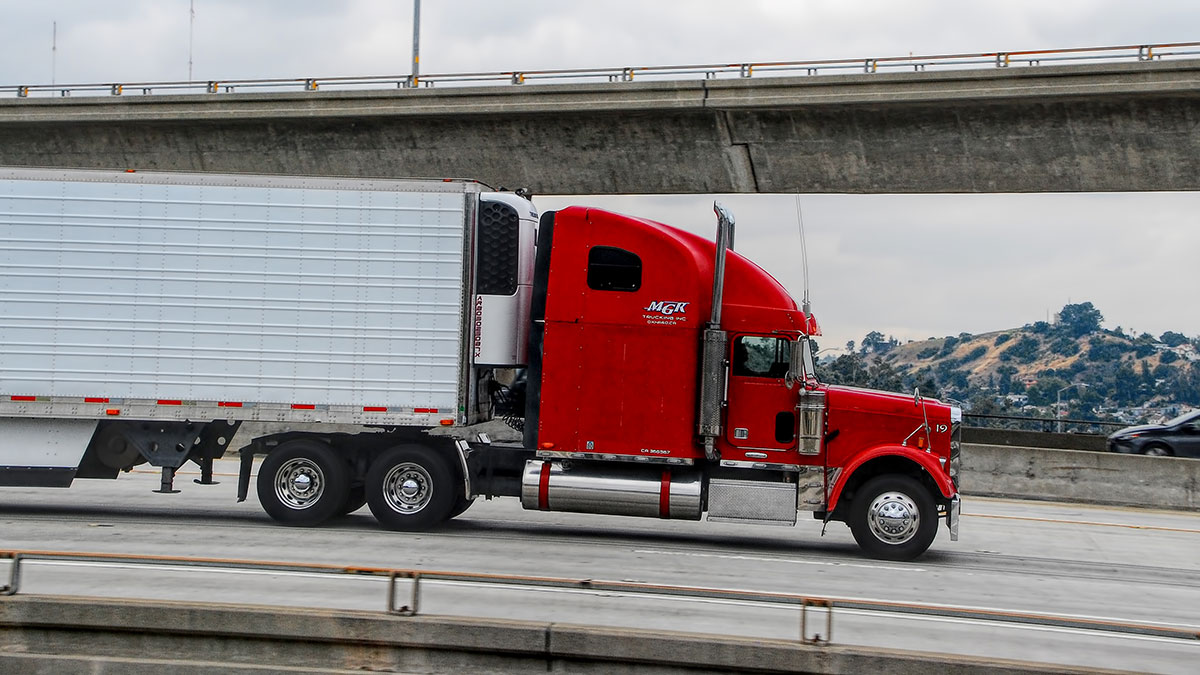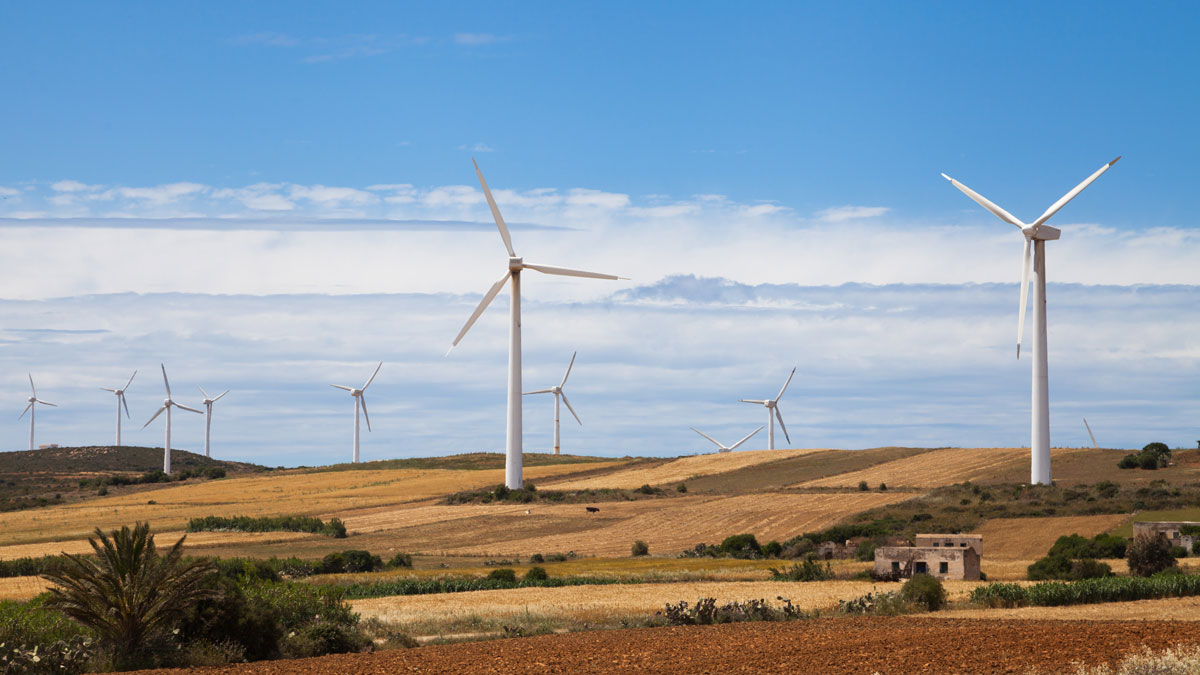A new study uses its data to show that diesel traffic is the largest source of pollution inequality across racial and economic divides
ENGAGE
Māori Arrival in New Zealand Revealed in Antarctic Ice Cores
A new study shows smoke from fires set by the first inhabitants of Aotearoa from around 1300 left a mark in the ice 6,000 kilometers away, on an island off the Antarctic Peninsula.
Air Pollution Killed a Million People in Africa in 2019
Experts say nature-based mitigation strategies and investment in renewables could reduce both indoor and outdoor air pollution and stimulate sustainable and safe growth.
Scientists Call for Policies to Buffer Agricultural Runoff
By reviewing 44 studies, researchers make a scientific case for regulating agricultural pollution of streams and rivers by implementing conservation practices, including riparian buffer zones.
Leaky Pipes Are Dosing Baltimore’s Waterways with Drugs
Poor infrastructure is responsible for tens of thousands of pharmaceutical doses that flow through Baltimore’s streams each year.
Seis formas de seguimiento satelital del COVID-19
Una nueva base de datos revela ciudades más opacas, campos de cultivos vacíos y puertos vacíos.
Surviving on the Periphery of a City of Earthquakes
Mexico City is one of the most disaster-prone urban areas in the world. Following an earthquake, marginalized communities living on the city’s periphery are exposed to more dangers than just collapsing buildings.
Noble Gas Hints at Mars’s Rapid Formation
A new study finds that Mars’s mantle is neon-rich, putting constraints on the planet’s formation history.
Thirsty Plants Pull Water from Bedrock
Shrubs and trees across the United States routinely sip water stored in bedrock, a discovery that has implications for the terrestrial water cycle.
New Contamination Concern for Colorado Streams
Abandoned hardrock mines and climate change cause metals and other elements to leach into streams. They also put rare earth elements into the water, a new study finds.










